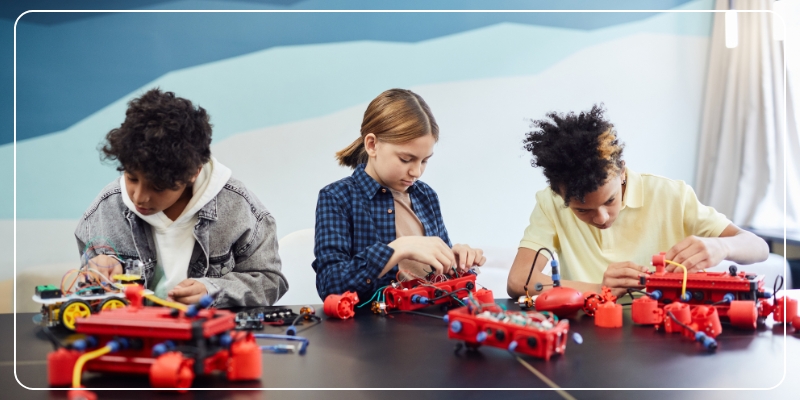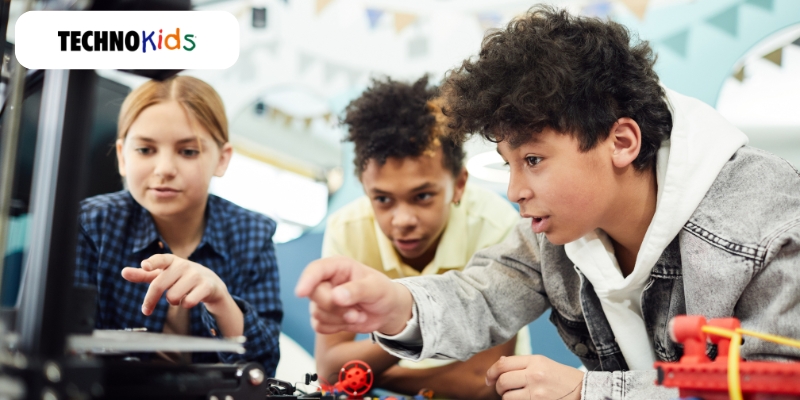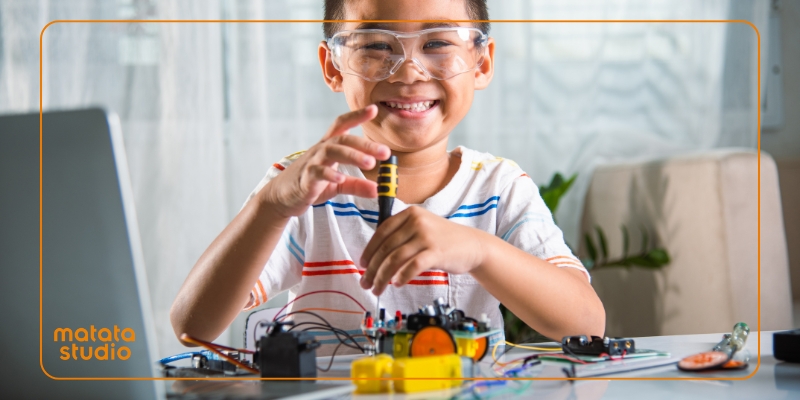
Revolutionizing Special Education with SpEdPrognostics: A Game-Changer for Schools
In today’s educational landscape, schools face increasing challenges in addressing the needs of neurodiverse learners. Personalized support, timely interventions, and data-driven insights are essential for creating inclusive learning environments. That’s where SpEdPrognostics, an AI-powered feature from the SPEED 2.1 Learning Management System (LMS) by SpEd@school, steps in as a transformative solution.
As one of the most advanced special education tools for schools, SpEdPrognostics equips educators with the power of predictive analytics to support every learner effectively.
What is SpEdPrognostics?
SpEdPrognostics is a predictive analytics engine integrated into SPEED 2.1 LMS, designed specifically to support schools working with students who have special educational needs. It leverages artificial intelligence to deliver prognostic insights – helping schools forecast each student’s academic, behavioral, emotional, and cognitive development.
This forward-looking approach makes SpEdPrognostics stand out among modern special education tools for schools, allowing for more personalized and proactive interventions.
Key Features for Schools
1. Academic and Behavioral Forecasting
SpEdPrognostics provides predictive insights into a student’s potential performance in literacy and numeracy, along with anticipated behavior trends. This enables early, strategic planning, which is essential for effective Individualized Education Programs (IEPs).
2. Cognitive and Emotional Milestone Mapping
Schools benefit from a clearer understanding of each student’s cognitive and emotional development. These insights are crucial when deciding on the right supports and strategies for classroom success.
3. Therapy Independence Tracking
The system evaluates a student’s progression toward therapy independence—an important aspect for schools working towards fostering student autonomy and building long-term confidence.
4. Personalized Learning Pathways
Based on AI-generated forecasts, SpEdPrognostics recommends tailored learning strategies. These insights help educators design instructional methods that align with each student’s strengths and needs, making it one of the most effective special education tools for schools aiming for individualized instruction.
5. Mainstream Integration Planning
By predicting readiness for mainstream education, SpEdPrognostics supports smoother transitions. Schools can confidently integrate students into inclusive settings with the right scaffolding in place.
Why SpEdPrognostics is a Must-Have for Schools
SpEdPrognostics goes beyond being just a technology add-on—it’s a strategic resource for school improvement. It helps educators predict, prepare, and prevent potential setbacks in a student’s learning journey.
For school leaders:
- Provides data-backed insights for planning and reporting
- Supports resource allocation and staffing based on forecasted needs
- Strengthens compliance with educational guidelines and documentation.
For educators and therapists:
- Enhances collaboration between special educators, therapists, and classroom teachers
- Reduces trial-and-error in intervention design
- Offers measurable goals and progress tracking
When evaluating special education tools for schools, SpEdPrognostics stands out by providing not just assessments but predictive direction—a game-changer for schools looking to lead in inclusive education.
Seamless Integration with SPEED 2.1 LMS
SpEdPrognostics is part of the SPEED 2.1 LMS, an advanced learning management system built specifically for special education. It offers adaptive learning paths, documentation tools, and real-time student tracking.
The integration of SpEdPrognostics into SPEED 2.1 strengthens its position among top special education tools for schools, delivering both instructional support and predictive power in one platform.
Shaping the Future of Inclusive Education
As schools move toward more personalized, inclusive, and data-driven practices, tools like SpEdPrognostics are leading the way. By using AI to anticipate student needs and tailor support accordingly, schools can foster environments where every student has the opportunity to thrive.
If your school is exploring innovative special education tools for schools, SpEdPrognostics offers a powerful, research-backed solution to stay ahead of the curve.
Learn more or schedule a demo by visiting Knowledge Hub Dubai










Recent Comments